Integrating nanomaterial with light-absorbing molecule powers hydrogen production from water and sunlight
Green Car Congress
JUNE 9, 2020
Scientists at Tokyo Institute of Technology (Tokyo Tech) have developed a hybrid material constructed from a metal oxide nanosheet and a light-absorbing molecule for splitting water molecules (H 2 O) to obtain hydrogen (H 2 ) under sunlight. Dye-sensitized H 2 evolution using a wide-gap metal oxide. Credit: Tokyo Tech. 0c02053.

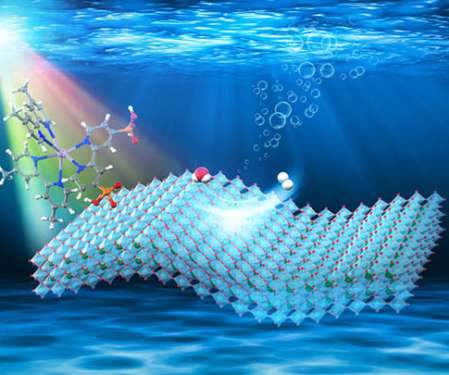
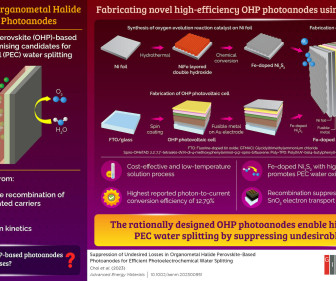
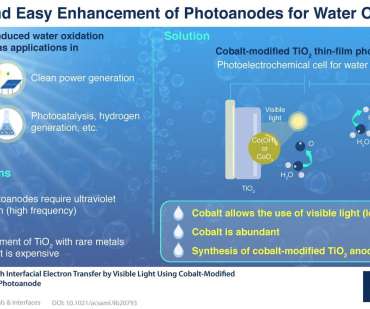

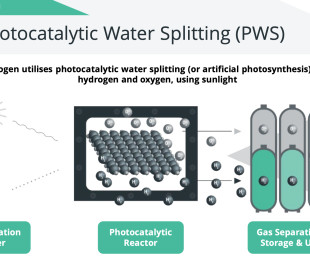




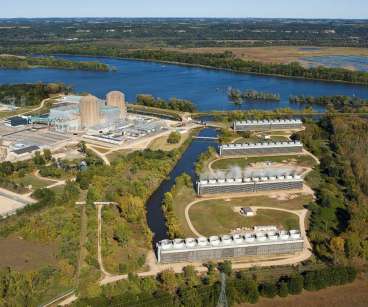
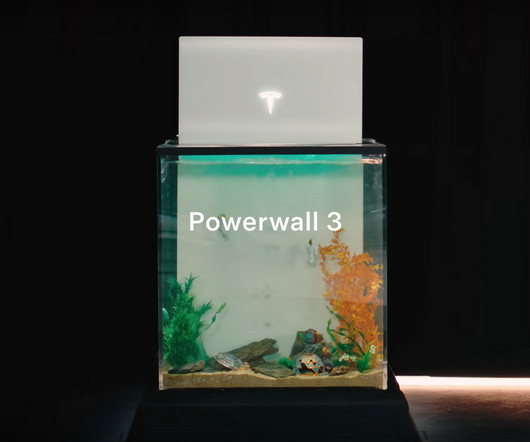





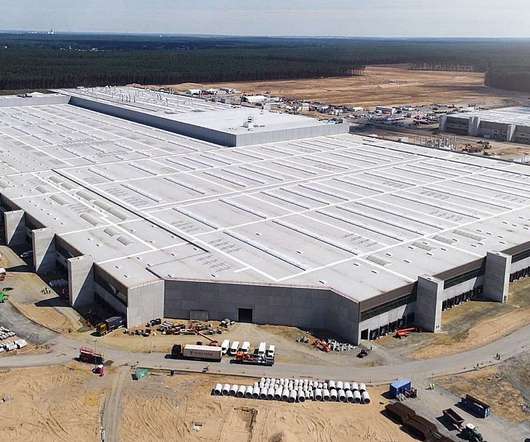




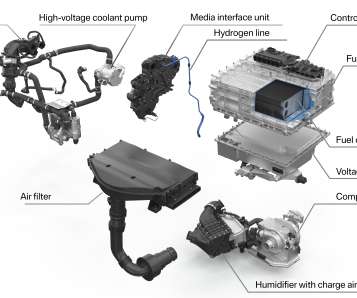


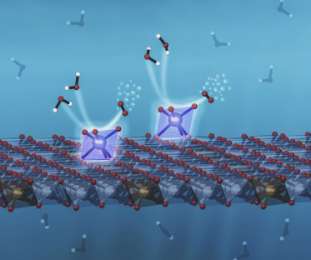

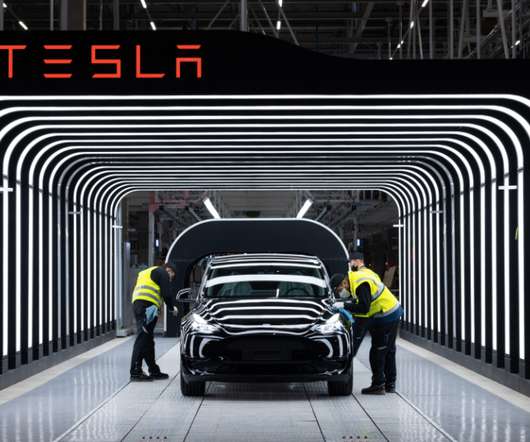


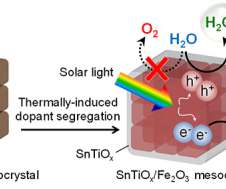

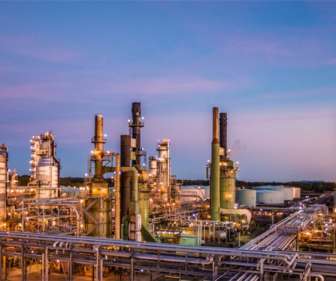













Let's personalize your content